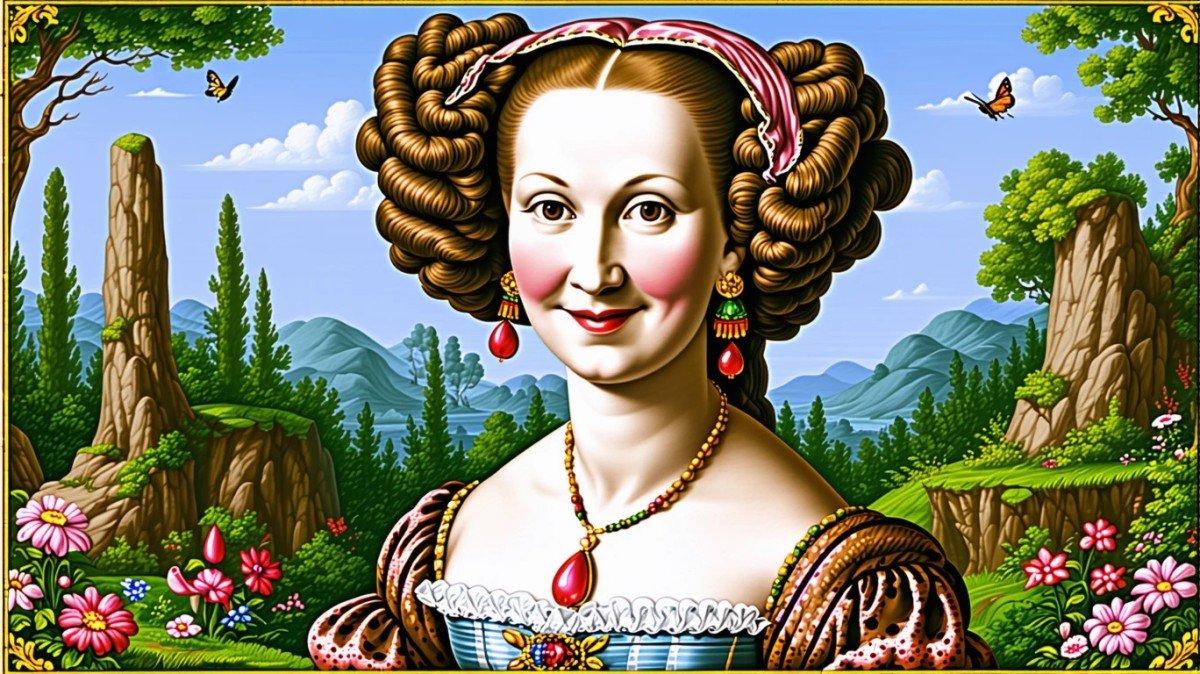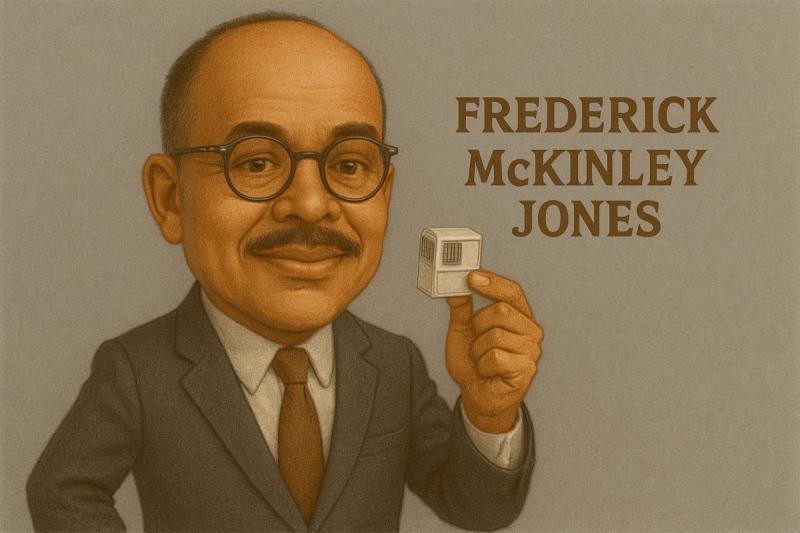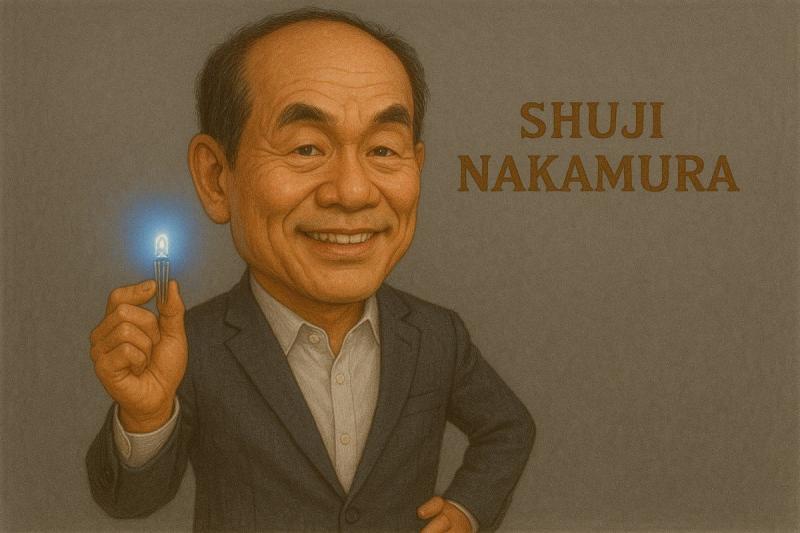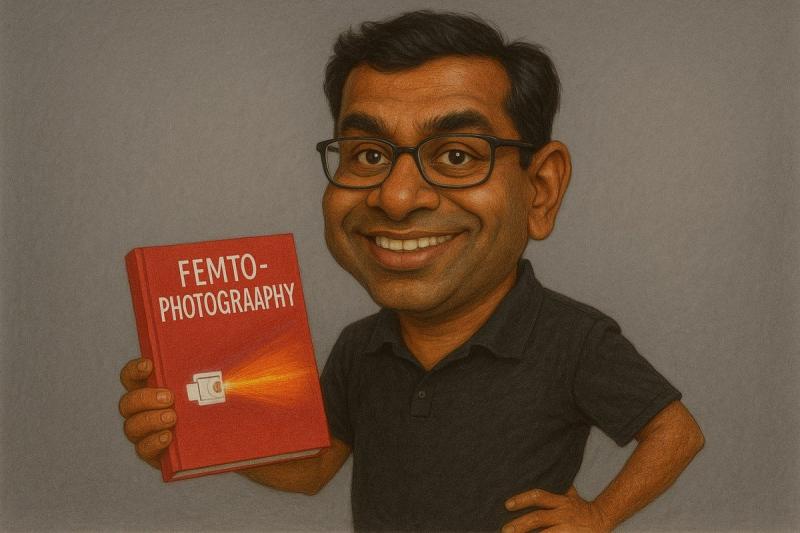Maria Sibylla Merian: The Revolutionary Woman Who Changed How We See Insects
Ever heard of Maria Sibylla Merian? No? Well, that's a shame because this woman was basically the Indiana Jones of insect research back when women were expected to stick to knitting and household chores. She was out there in the jungles of South America, sketchbook in hand, documenting butterfly metamorphosis while most of Europe still thought insects spontaneously generated from mud. Talk about being ahead of your time!
The Artist Who Fell in Love With Caterpillars
Born in 1647 in Frankfurt, Germany, Maria grew up in an artistic household. Her father was a publisher and engraver, which gave her early access to the world of illustration. But while other little girls were playing with dolls, little Maria was out collecting caterpillars and watching them transform. Not exactly your typical childhood hobby for a 17th-century girl!
By age 13, she was already raising silkworms and documenting their life cycles. Imagine being that kid at school: "What did you do this weekend?" "Oh, I just watched my pet caterpillars spin cocoons and recorded every detail in my journal." The other kids must have thought she was so weird... but who's laughing now? She's in the history books, and those bullies are long forgotten. :)
Breaking the Rules: Science Wasn't "Ladies' Work"
Here's the thing about being a female scientist in the 1600s—it wasn't really a thing. Women weren't supposed to be curious about nature, let alone study it professionally. They certainly weren't supposed to publish scientific works or challenge established beliefs.
But Maria? She couldn't care less about those rules. She married, had two daughters, and then when her marriage went south, she did what any self-respecting 17th-century woman would do: she joined a religious commune, then later moved to Amsterdam to set up her own business selling her artwork and specimens. Talk about independence in an era when women had basically none!
Her first major work, "The Wonderful Transformation and Singular Flower-Food of Caterpillars," published in 1679, revealed something revolutionary—insects developed in a methodical process of metamorphosis rather than spontaneously generating from mud as commonly believed. This wasn't just pretty pictures; this was scientific revolution disguised as art.
The Suriname Expedition: Who Needs Men Anyway?
In 1699, at the age of 52 (when most people back then were already considered ancient), Maria made a decision that would make even modern adventurers think twice. She sold 255 of her paintings, packed up her art supplies, and set sail with her younger daughter for Suriname, a Dutch colony in South America.
Let's put this in perspective:
• No research grants or university backing
• No male "protector" (gasp!)
• No modern medicine or conveniences
• A dangerous months-long sea journey
• Unknown tropical diseases waiting in the jungle
And why did she do it? Because European collections only had dead, dried specimens, and she wanted to see tropical insects alive in their natural habitats. That's commitment to your craft!
For two years, Maria trekked through the rainforests of Suriname, battling malaria, hostile conditions, and probably more than a few creepy-crawlies in her sleeping quarters. All while documenting everything she saw with scientific precision and artistic flair.
Art Meets Science in the Jungle
What made Maria's work truly special wasn't just her scientific observations—it was how she presented them. Before her, insect illustrations typically showed specimens pinned and isolated against blank backgrounds, like something you'd see in a sterile lab manual.
Maria's approach? She drew entire ecosystems. Her illustrations showed insects in their natural habitats, on their host plants, in various stages of development. She captured the relationships between species and their environments decades before ecology became a recognized science.
Her masterpiece, "Metamorphosis Insectorum Surinamensium" (1705), featured 60 copperplate engravings of Surinamese insects, showing complete life cycles from egg to adult. These weren't just scientifically accurate—they were gorgeous. Even today, they stand as works of art that happen to be scientifically significant.
IMO, she basically invented the modern nature documentary 300 years before David Attenborough came along. Just with paintbrushes instead of cameras.
Why Isn't She More Famous?
Good question! Despite her groundbreaking work, Maria remained relatively obscure for centuries. Why? Take a wild guess... yep, sexism strikes again.
Her work was often attributed to male contemporaries or dismissed as merely decorative. The scientific establishment, dominated by men, wasn't exactly rushing to celebrate a woman who had proven herself more observant and dedicated than most of them.
It wasn't until the late 20th century that historians of science began recognizing her contributions. Today, her illustrations appear on German banknotes, and she's considered one of the most significant entomologists in history. Better late than never, I guess?
The Legacy of a Bug-Loving Rebel
What Maria left behind goes way beyond pretty pictures of butterflies:
• She established that insects undergo predictable stages of metamorphosis, overturning centuries of misconception
• She pioneered ecological illustration by showing species in their natural contexts
• She documented numerous new species previously unknown to European science
• She demonstrated the precise relationships between specific insects and their host plants
• She showed that women could make significant scientific contributions (duh!)
And she did all this without formal scientific training, university affiliations, or even basic acceptance from the scientific community of her time.
The Take-Home Lesson
The next time you swat away a mosquito or cringe at a caterpillar, remember Maria Sibylla Merian—the woman who looked at the tiniest, most overlooked creatures and saw beauty, complexity, and scientific discovery.
Her story isn't just about insects or art. It's about passion trumping convention. It's about following your curiosity wherever it leads—even if that's to a muggy, bug-infested jungle when you're old enough to qualify for senior discounts (by 17th-century standards).
So what's your takeaway from Maria's story? Maybe it's that it's never too late for adventure. Maybe it's that combining art and science creates something greater than the sum of its parts. Or maybe it's just that some people are willing to brave scorpions in their boots for the sake of knowledge—and we should be thankful for those weird, wonderful pioneers.
Either way, Maria Sibylla Merian was a total badass who deserves to be a household name. And now, when someone asks if you've heard of her, you can say "Of course!" and share the story of the woman who changed how we see the tiniest creatures in our world.



